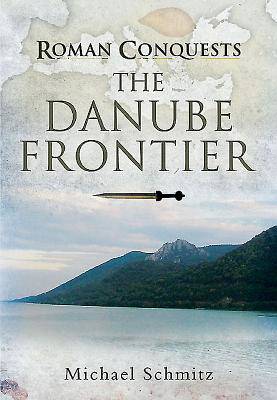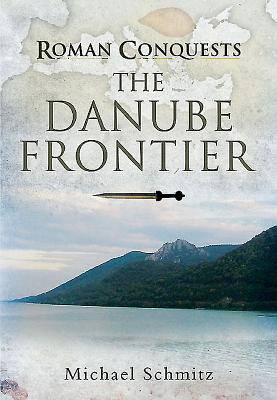
- Afhalen na 1 uur in een winkel met voorraad
- Gratis thuislevering in België vanaf € 30
- Ruim aanbod met 7 miljoen producten
- Afhalen na 1 uur in een winkel met voorraad
- Gratis thuislevering in België vanaf € 30
- Ruim aanbod met 7 miljoen producten
Zoeken
Omschrijving
The Roman conquests of Macedonia in the 2nd century BC led directly to the extension of their authority over the troublesome tribes of Thrace to the south of the Danube. But their new neighbor on the other side of the mighty river, the kingdom of the Dacians, was to pose an increasing threat to the Roman empire. Inevitably, this eventually provoked Roman attempts at invasion and conquest. It is a measure of Dacian prowess and resilience that several tough campaigns were required over more than a century before their kingdom was added to the Roman Empire. It was one of the Empire's last major acquisitions (and a short-lived one at that).
Dr. Michael Schmitz traces Roman involvement in the Danube region from first contact with the Thracians after the Third Macedonian War in the 2nd century BC to the ultimate conquest of Dacia by Trajan in the early years of the 2nd Century AD. Like the other volumes in this series, this book gives a clear narrative of the course of these wars, explaining how the Roman war machine coped with formidable new foes and the challenges of unfamiliar terrain and climate. Specially commissioned color plates bring the main troop types vividly to life in meticulously researched detail.
Dr. Michael Schmitz traces Roman involvement in the Danube region from first contact with the Thracians after the Third Macedonian War in the 2nd century BC to the ultimate conquest of Dacia by Trajan in the early years of the 2nd Century AD. Like the other volumes in this series, this book gives a clear narrative of the course of these wars, explaining how the Roman war machine coped with formidable new foes and the challenges of unfamiliar terrain and climate. Specially commissioned color plates bring the main troop types vividly to life in meticulously researched detail.
Specificaties
Betrokkenen
- Auteur(s):
- Illustrator(s):
- Uitgeverij:
Inhoud
- Aantal bladzijden:
- 224
- Taal:
- Engels
- Reeks:
Eigenschappen
- Productcode (EAN):
- 9781848848245
- Verschijningsdatum:
- 19/08/2019
- Uitvoering:
- Hardcover
- Formaat:
- Genaaid
- Afmetingen:
- 155 mm x 236 mm
- Gewicht:
- 430 g

Alleen bij Standaard Boekhandel
+ 55 punten op je klantenkaart van Standaard Boekhandel
Beoordelingen
We publiceren alleen reviews die voldoen aan de voorwaarden voor reviews. Bekijk onze voorwaarden voor reviews.








